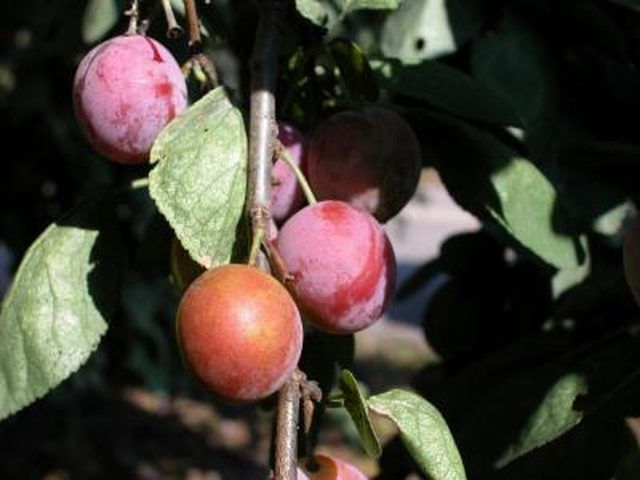Bulbs
Flower Basics
Flower Beds & Specialty Gardens
Flower Garden
Garden Furniture
Garden Gnomes
Garden Seeds
Garden Sheds
Garden Statues
Garden Tools & Supplies
Gardening Basics
Green & Organic
Groundcovers & Vines
Growing Annuals
Growing Basil
Growing Beans
Growing Berries
Growing Blueberries
Growing Cactus
Growing Corn
Growing Cotton
Growing Edibles
Growing Flowers
Growing Garlic
Growing Grapes
Growing Grass
Growing Herbs
Growing Jasmine
Growing Mint
Growing Mushrooms
Orchids
Growing Peanuts
Growing Perennials
Growing Plants
Growing Rosemary
Growing Roses
Growing Strawberries
Growing Sunflowers
Growing Thyme
Growing Tomatoes
Growing Tulips
Growing Vegetables
Herb Basics
Herb Garden
Indoor Growing
Landscaping Basics
Landscaping Patios
Landscaping Plants
Landscaping Shrubs
Landscaping Trees
Landscaping Walks & Pathways
Lawn Basics
Lawn Maintenance
Lawn Mowers
Lawn Ornaments
Lawn Planting
Lawn Tools
Outdoor Growing
Overall Landscape Planning
Pests, Weeds & Problems
Plant Basics
Rock Garden
Rose Garden
Shrubs
Soil
Specialty Gardens
Trees
Vegetable Garden
Yard Maintenance
Do Purple Leaf Plum Trees Bear Fruit?
Do Purple Leaf Plum Trees Bear Fruit?. Often used as a small shade tree or to add vibrant color to a garden, the purple leaf plum tree was discovered around 1880 by a gardener to the Shah of Persia. Today, it provides both beauty and food.

Often used as a small shade tree or to add vibrant color to a garden, the purple leaf plum tree was discovered around 1880 by a gardener to the Shah of Persia. Today, it provides both beauty and food.
Types
The purple leaf plum tree, Prunus cerasifera, grows well in USDA hardiness zones 4 through 9 and is primarily considered a flowering or ornamental tree. However, it does produce edible fruit that is enjoyed by both humans and wildlife; typically birds and small animals.
Time Frame
Blooming in early spring, the purple leaf plum tree offers white and pink flowers that give way to edible, round, red fruit in late summer. The plum matures and ripens at approximately 1 1/4 inch in size. The tree itself requires little care, but the size of the fruit may depend on summer drought.
Maturity
Plum trees require between two and six months to produce a ripe plum, although Japanese varieties ripen in approximately three months. Plums adapt well to a wide variety of conditions and the fruit may be produced and consumed in nearly every one of the United States, aside from the extreme southern tips of Florida and Texas.